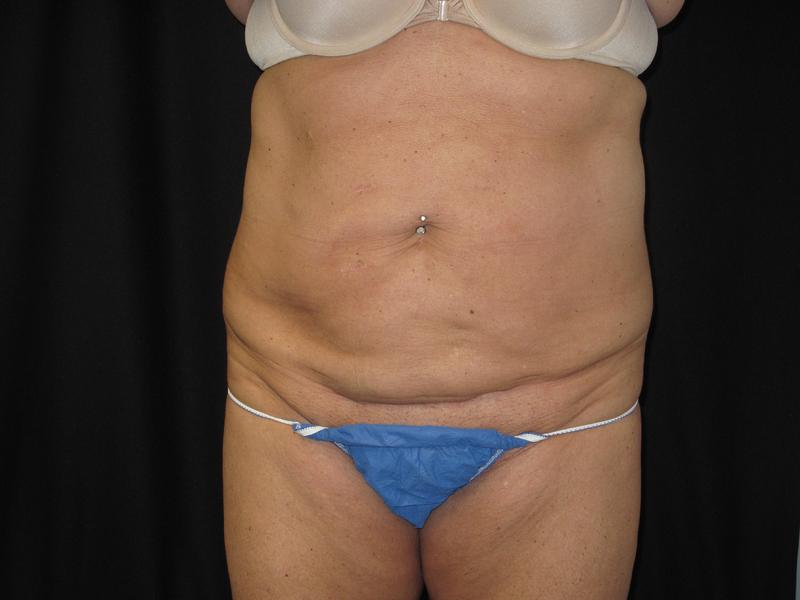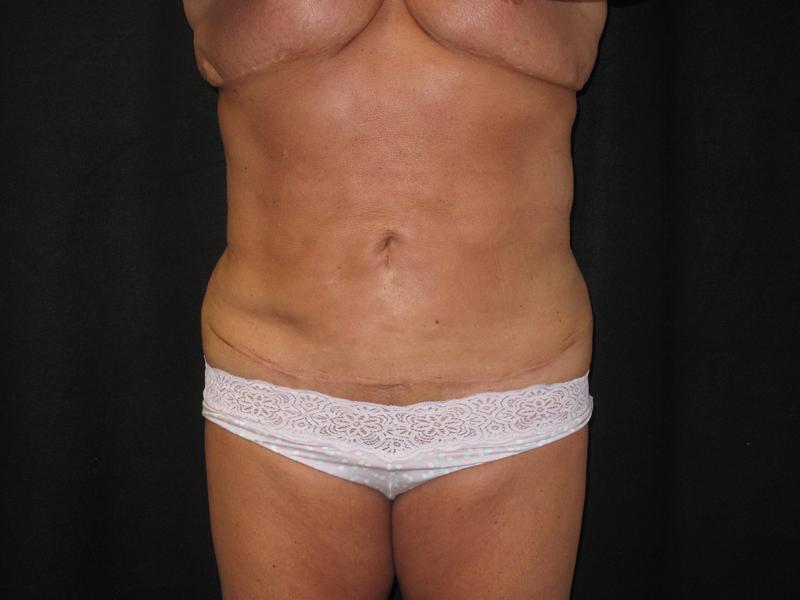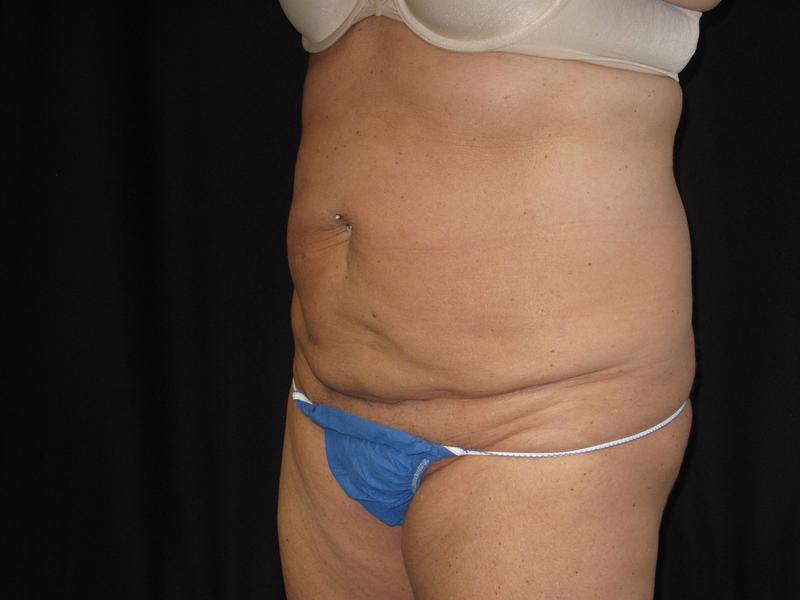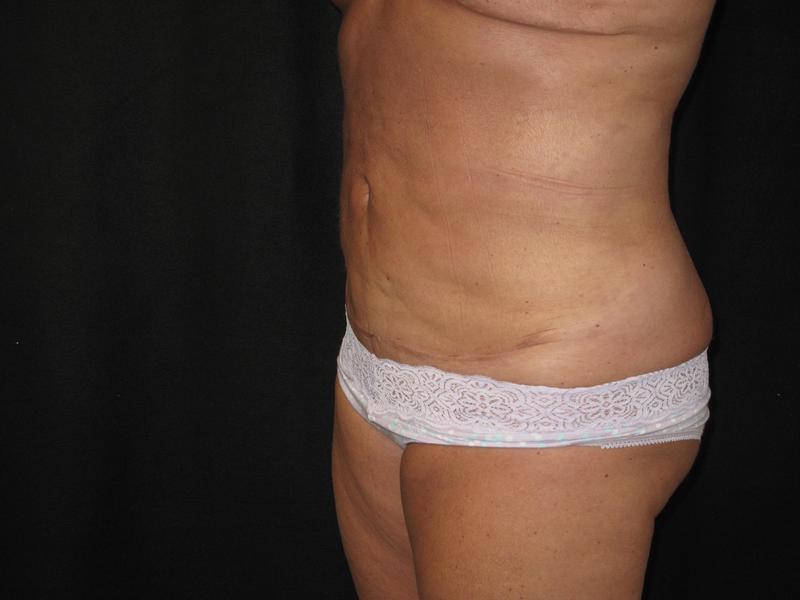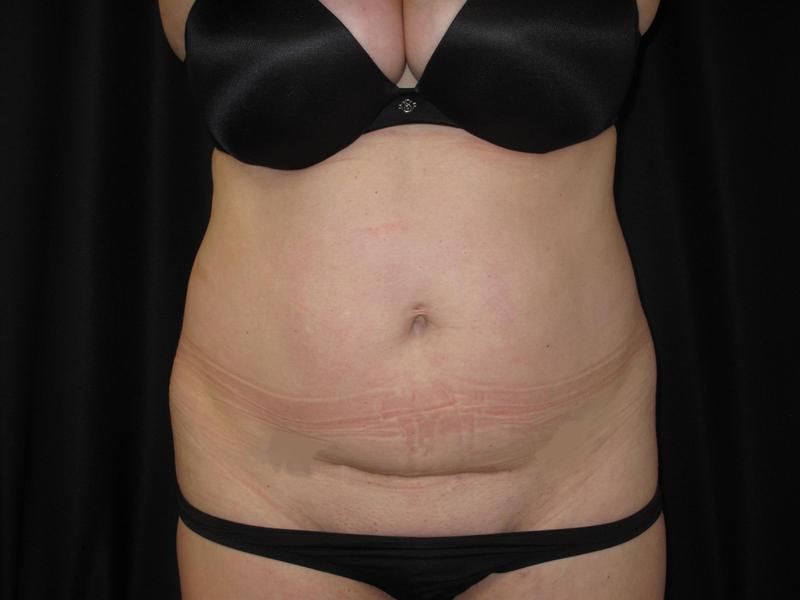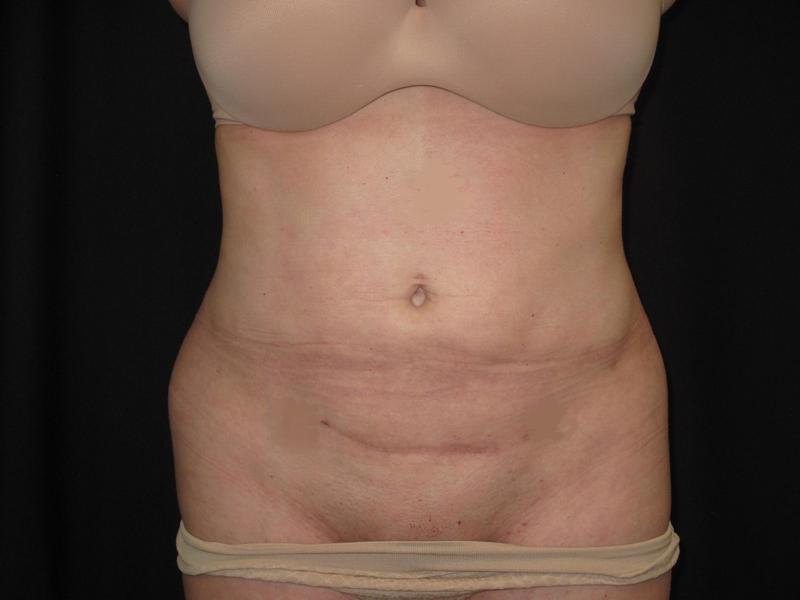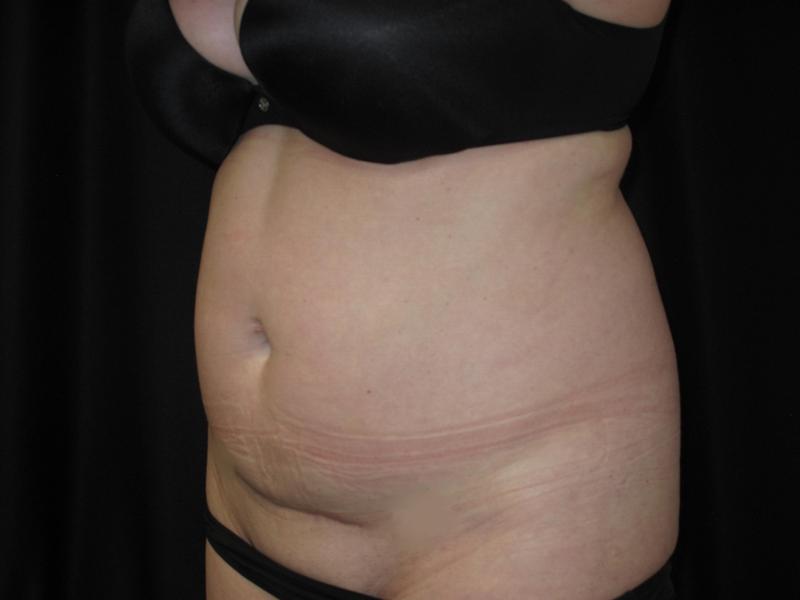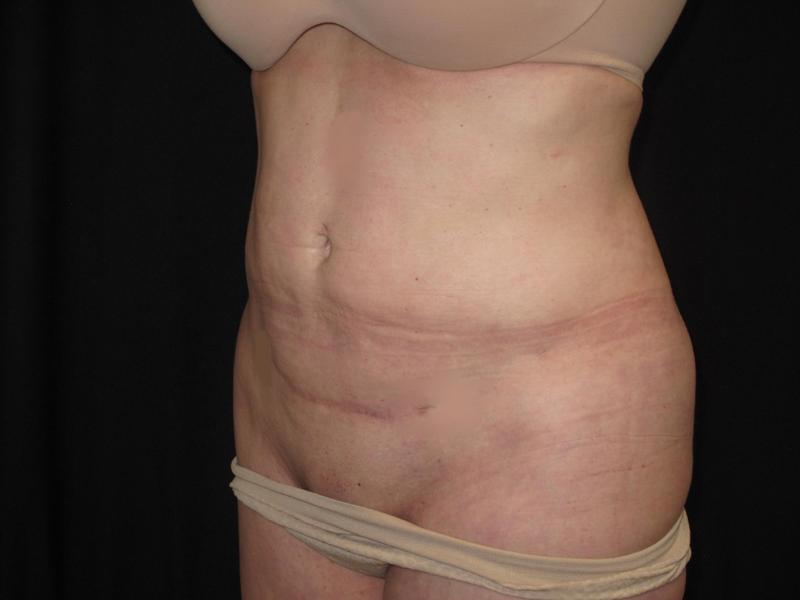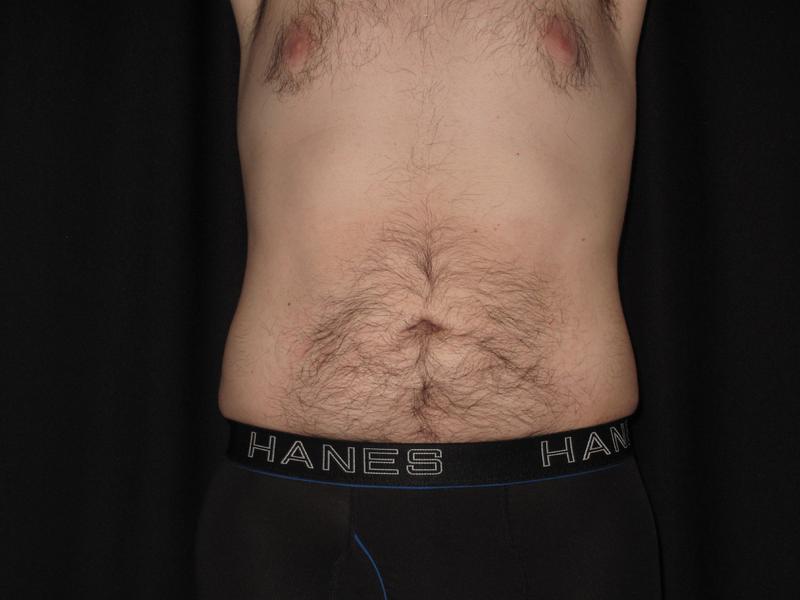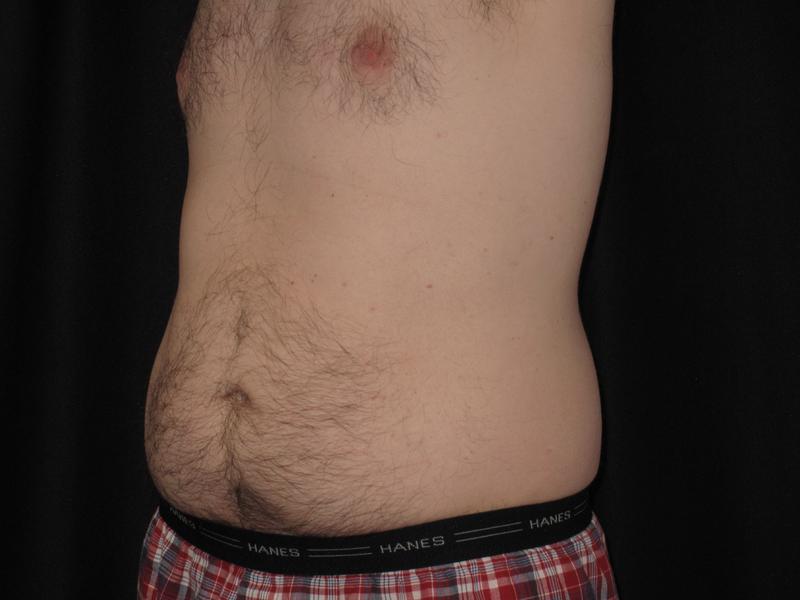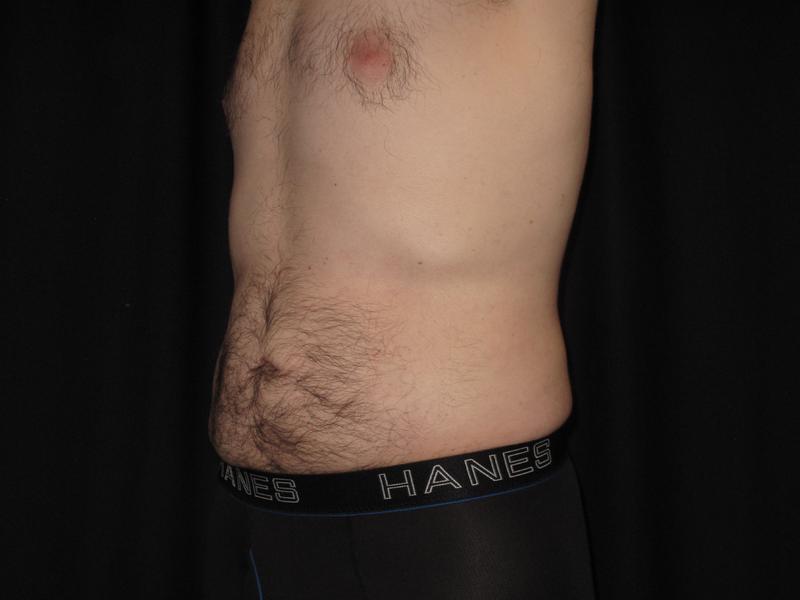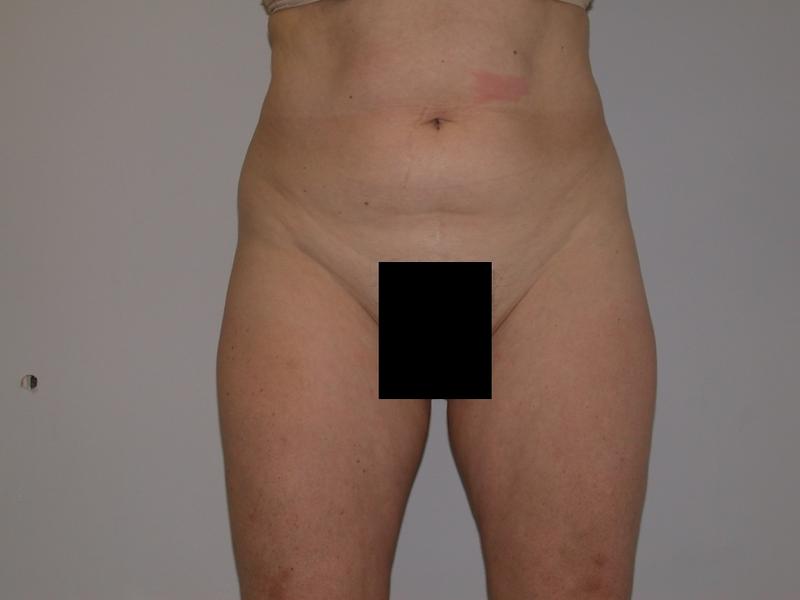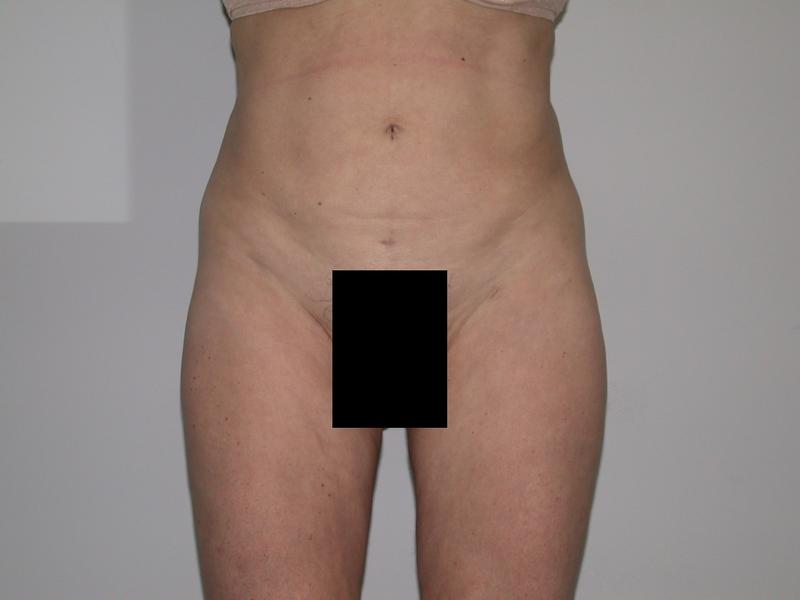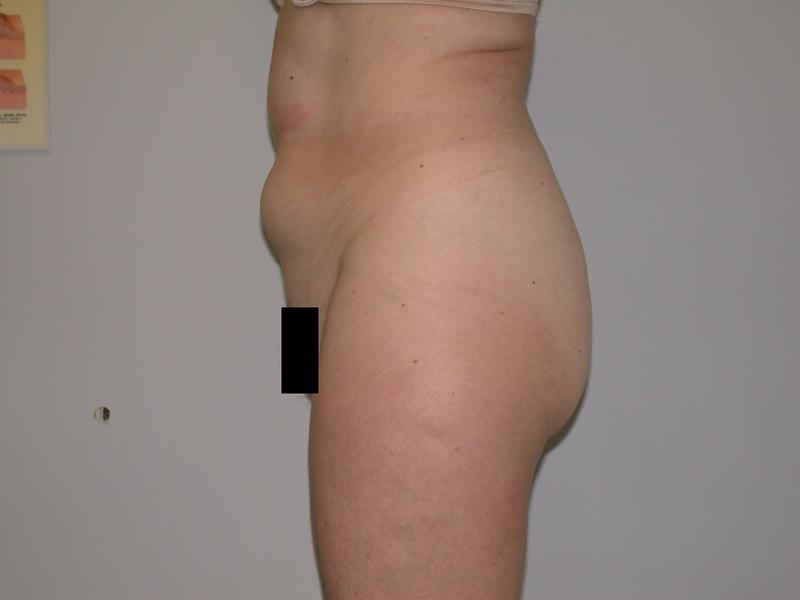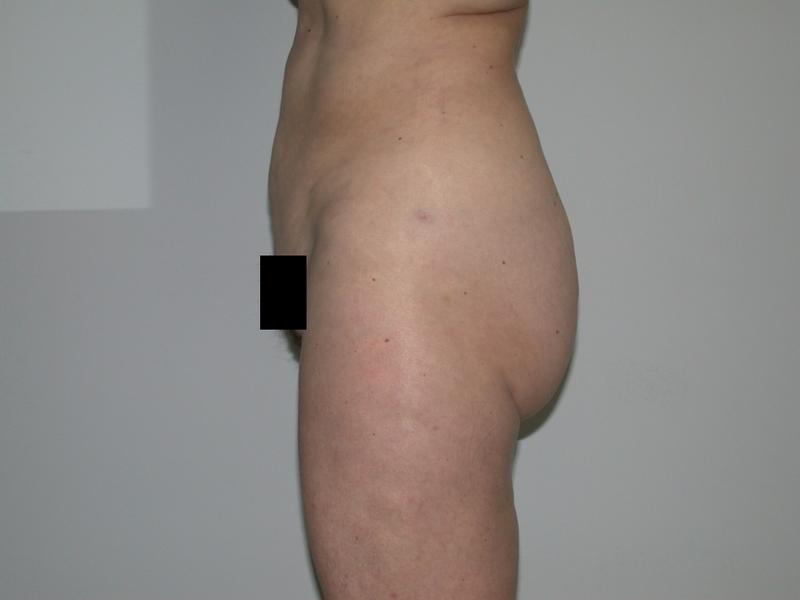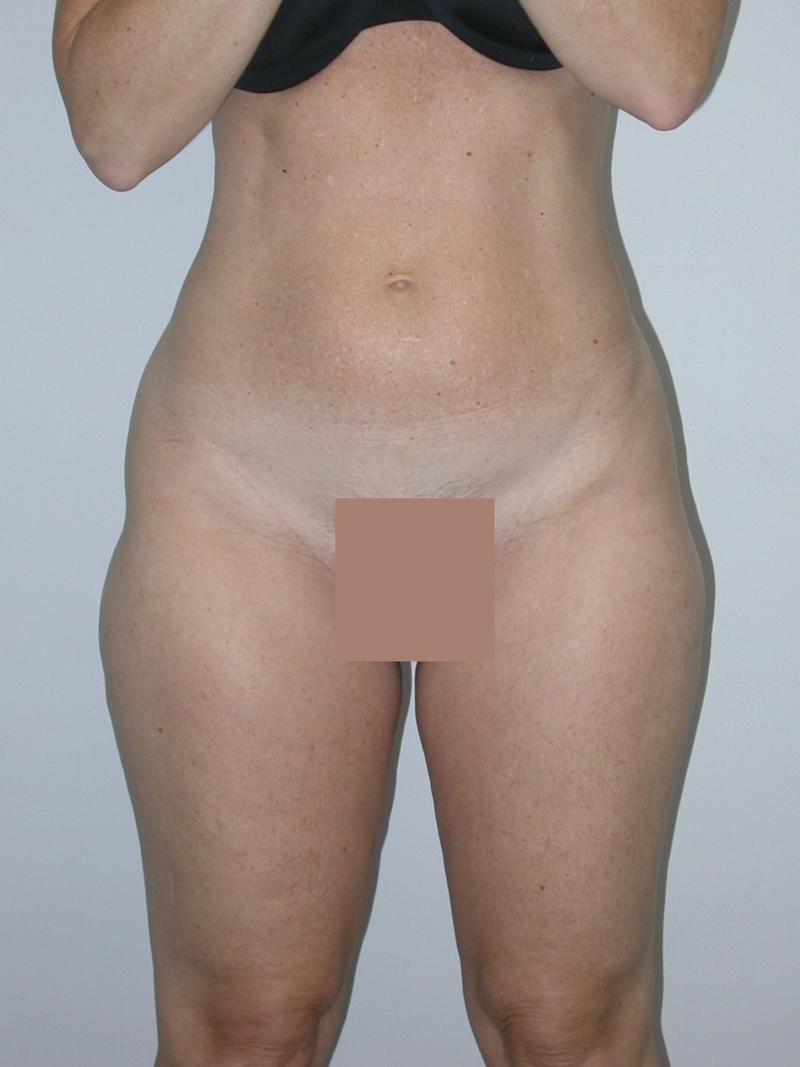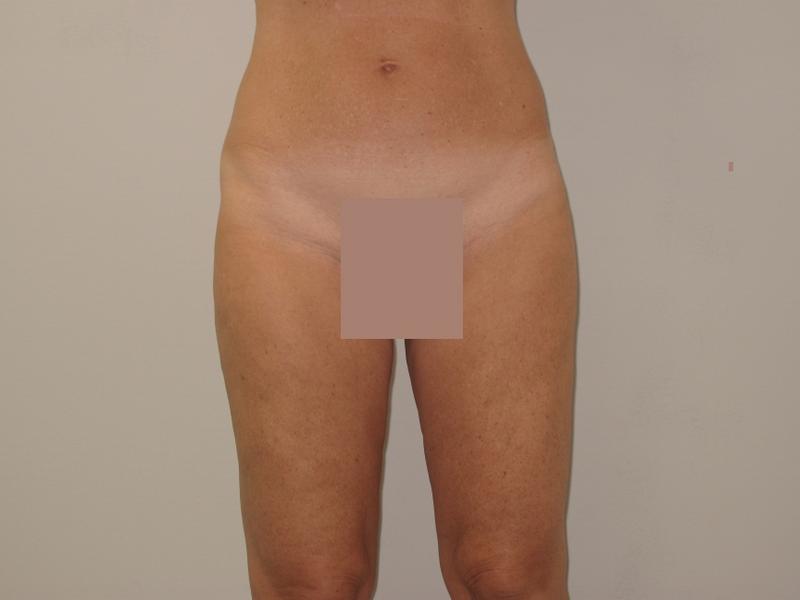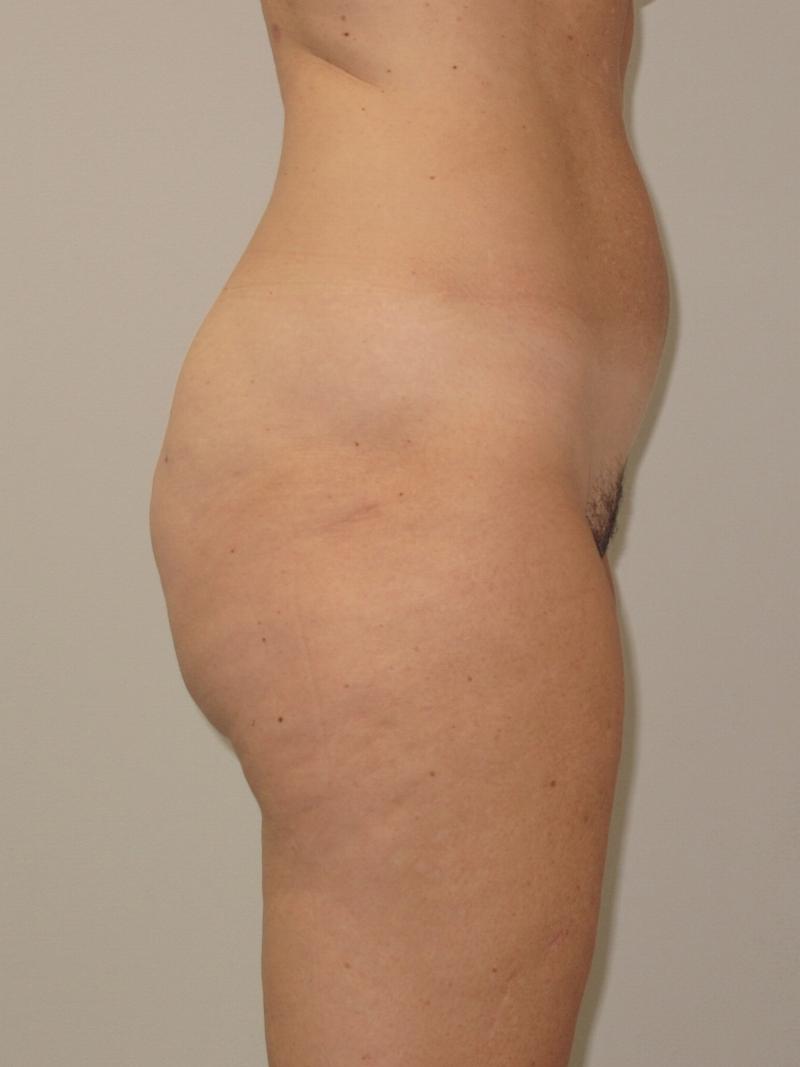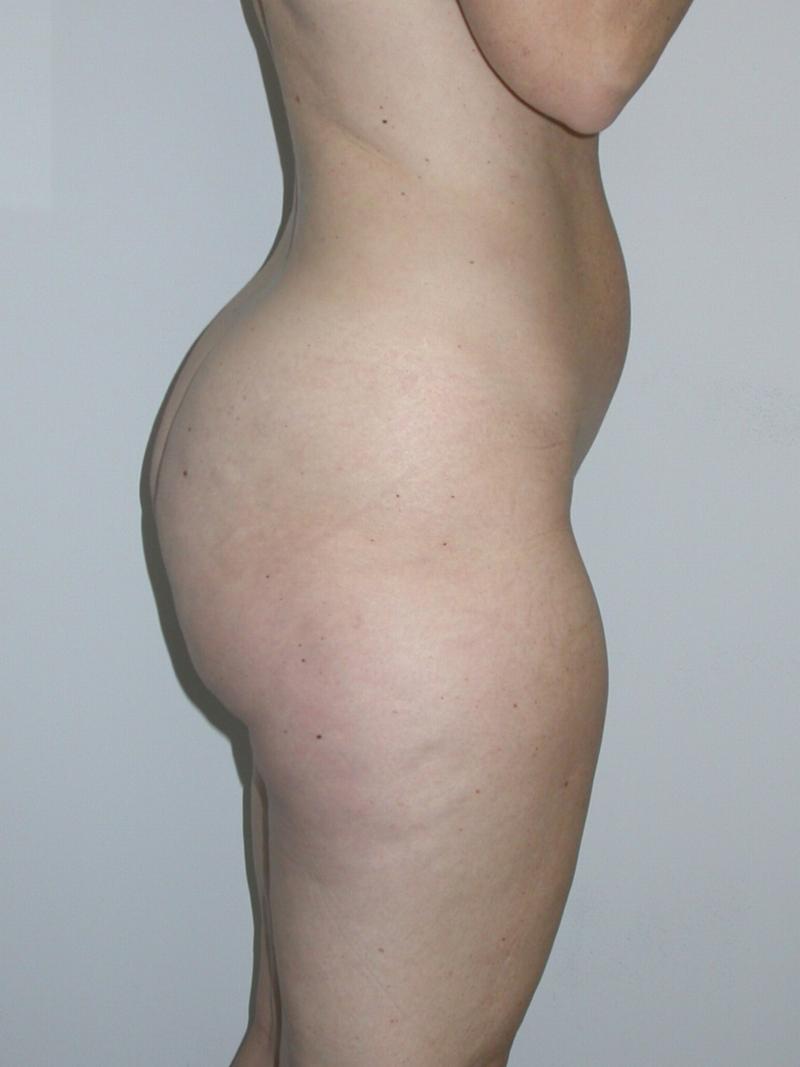Liposuction
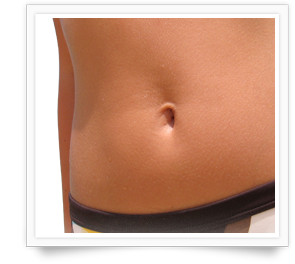
Liposuction is the most commonly performed plastic surgery in the United States. This technique is used to reshape the body by permanently removing localized fat deposits. Liposuction is popular with both men and women, and can be performed on many different parts of the body successfully. Fatty deposits on the inner and outer thighs, buttocks, hips, lower back, arms and knees are especially resistant to diet and exercise.
Many patients become discouraged at having lost unwanted pounds without seeing a significant change in the lower body. The overall proportions of the body may be unbalanced. In these cases, Liposuction can successfully trim resistant areas of excess fat to achieve a more attractive balance and symmetry to the body. In fact, these are the most common areas of the body for Liposuction. The goal is to create a more aesthetic balance to the body, round the curves and fit better into clothing and bathing suits. Liposuction is not a weight loss technique, and is not a cure for overall obesity. It is, however, a great way to get rid of those bulges that you cannot seem to get rid of any other way. When skin is lax, a new technique, SmartLipo® Laser liposuction can help to tighten the skin.
Common Benefits Of Liposuction
A newly trim lower body can provide a psychological lift and an extra incentive to exercise regularly to maintain fitness. Many patients express relief at not being bothered by chafing in the thigh area, and they also find that clothes tend to fit them better.
Initial Consultation
During the consultation, you and Dr. Walker will discuss the changes that you would like to make in your appearance. He will explain the different options available to you, the procedure itself, its risks and limitations, and the costs.
Dr. Walker will begin with a general discussion of your thoughts as to 'what you are trying to accomplish'. This is followed by a physical examination to evaluate your overall weight, your skin and muscle tone, and the fat deposits in various parts of your body. He will also take a complete medical history, including any medications that you are currently taking. A careful history of your weight, diet and exercise is important as well.
Keep in mind that the higher your goals, the more you will have to do to achieve those goals. If you are just concerned about removing fat, Liposuction alone will achieve that goal. But if you want an athletic, sculpted look, and you want to look great in a bikini, you may need to incorporate extensive exercise into your plan.
Other important information:
Since the normal aging process affects the firmness and elasticity of the skin, older patients may not achieve quite the same results as younger patients.The addition of SmartLipo® may help. Dr. Walker will discuss risks and complications and costs at the time of your consultation.
Also see: https://www.plasticsurgery.org/surgery/lipo.htm for more info.
Liposuction FAQ
How is Liposuction performed?
Before surgery, Dr. Walker will have you stand to mark the precise areas of the body where the fat is to be removed. You will be given oral sedation medications or an intravenous line will be started if you have elected to have heavier sedation.
During the procedure, tiny incisions are made in several areas around the sites to be treated. A tumescent saline solution containing lidocaine, epinephrine, sodium bicarbonate, triamsenolone (a steroid to reduce swelling) is injected under the skin in the areas to be suctioned. There are very few pain fibers in this fat layer and consequently this is not as uncomfortable as it sounds. The fluid administered is left undisturbed for at least ten minutes to provided 'numbing' of the area as well as reducing swelling and postoperative pain. The solution also helps break up the fat deposits for easier removal and decreases bleeding. A thin tube called a cannula is inserted through the same small incisions, into the fatty areas to be suctioned. The cannula is used to break up the fat deposits, suck out fat globules and sculpt the area to the desired proportions. The unwanted fat is removed with a high-pressure vacuum, leaving the skin, muscles, nerves, and blood vessels intact.
An earlier method of liposuction, called dry liposuction because no liquefying agent was used, required general anesthesia. This technique is not in frequent use today.
Dr. Walker prefers to use oral sedation with the tumescent anesthetic technique because patients can roll themselves side to side and at the end of the procedure stand and help put on their compression garment. By NOT using heavy sedation or general anesthesia, patients can walk, eat and drink something, and go home shortly after the procedure.
How long does the surgery take?
The length of time for the procedure depends on the number of areas being treated and the amount of fat to be removed. Generally, circumferencial hips, thighs and knees takes three to four hours to complete.
how much pain is there?
If the procedure is done with a local anesthetic supplemented by a light sedative, the pain experienced is minimal, although you may feel pressure, movement, or a vibrating sensation. More sedation will further reduce sensations, and general anesthesia will eliminate all sensation.
What can I expect after surgery?
For a day or two, you can expect to feel tired, as though your body has been through a workout - and it has! The areas treated will be stiff and store, and you may experience some pain, burning, swelling, black-and- blue or temporary numbness. The tumescent solution often provides many hours of pain free comfort, and you will be prescribed medication to relieve any discomfort for after that time.
You will be wearing a compression garment around the areas treated. This decreases swelling, helps mold the new shape, and provides support and comfort. Garments are usually removed on the third post-operative day and you can shower. A compression garment is generally worn 24/7 for about three weeks. The garment is often worn intermittently for an additional six weeks. Your stitches will be removed in four days to a week.
What is the recovery period like?
Most of the bruising and swelling should subside within three weeks. To speed the healing process and to reduce the likelihood of post-operative complications, Dr. Walker will probably tell you to begin light activity as soon as possible. You should be able to return to work within a few days if your work is fairly sedentary. You should avoid strenuous activities for several weeks as your body heals, but within 6 weeks you should be able to resume all normal activities.
It's important to continue wearing the compression garment, which should be easily hidden under your clothing, until Dr. Walker tells you that it is no longer necessary.
What is the long-term outcome like for most people?
You should see the visible results of your surgery within two or three weeks, but the full effects may not be evident for six months to a year. The more fat that you had removed, the longer it will take to achieve optimal results, because the skin has to adapt to a more radical change in shape.
Most people are pleased with their new contour and often feel a boost in energy and self-confidence. Although liposuction cannot alter skin quality or muscle tone, and should not be a substitute for regular exercise and a balanced diet, your treated areas will always be slimmer than they would be if you hadn't had this procedure.
How long do the results last?
The fat cells are permanently removed by liposuction, so you will not regain weight in that area. It is important to note, however, that liposuction does not guarantee that you won't gain weight or accumulate fat deposits in other areas of your body.
Who is the ideal candidate for liposuction?
In general, the best candidates for Liposuction:
- Have specific fat pockets that are resistant to diet and exercise.
- Have had no previous surgery in the area where liposuction is desired.
- Have firm, elastic skin.
- Do not have frequent fluctuations in weight.
- Desire reshaping and not weight loss.
- Do not have significant medical problems such as diabetes, heart or lung disease, or poor circulation.
- Are psychologically stable.
- Do not smoke.
- well informed about the procedure.
- Hold realistic expectations about the outcome.
Take Your First Step to a New You
Are you ready to take your first step to a new you? Start by scheduling an initial consultation with Dr. Walker and his staff by calling 607-729-5085 or by filling out the form at the top of this page and we will call you to schedule a convenient time for your visit to our office.


